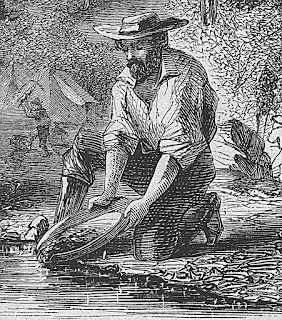You’ll be entranced with these five tales of knights and their ladies from some of today’s top medieval authors, as well as some rising stars in this up-and-coming genre.
Lindsay Townsend, Deborah Macgillivray, Cynthia Breeding, Angela Raines, and Keena Kincaid offer you some of the best medieval-themed stories written, filled with romance and intrigue, laced with traditions and celebrations of this rich era.
Prairie Rose Publications is proud to introduce yet another wonderful collection of exciting tales for your reading pleasure. ONE HOT KNIGHT is sure to bring you hours of enjoyment as you read on to find out how these knights and ladies will find their very own "happily-ever-after" endings at this very “hottest” time of year!
* * *
In Lindsay Townsend’s A GATHERING OF HERBS, a father is betrayed by one son while the
other tries to save him. Can Solomon defeat his wicked brother and also win
beautiful Agnes, the woman he loves—or will he have to make a choice?
There’s something odd about Cianna
Mackenzie—but she meets her match in Deborah Macgillivray’s GAMBIT, CHECK, AND MATE. Cianna strikes
a bargain with powerful Iain Sinclair that she never intends to uphold. But how
else can she save her people? Now, how will she save herself?
Scottish-born Brenna Montgomerie plays a
deadly game of deception in Cynthia Breeding’s A KNIGHTLY CHALLENGE. When she’s found out, can she dare hope that
a handsome English knight will show her mercy—and love?
With the help of the mysterious Esteban Montero,
beautiful hostage Sophia Corbolini escapes her captors. Now, she must decide if
she trusts him enough to put her fate in his hands through binding marriage
vows. NORTH STAR by Angela Raines
pits family members against one another as a new, true love shines bright.
A young woman’s life is changed forever in an
instant in A QUIET NIGHT AT THE HAPPY
MONK by Keena Kincaid. The Happy Monk tavern is everything to Johanna—home
and livelihood. When the king sets his sights on her property in the midst of
an uprising, Johanna must flee with her sometime lover, Giric—who happens to be
a spy. How can she give up everything for love? Be sure and leave a comment for a chance to win a ONE HOT NIGHT ebook.


















